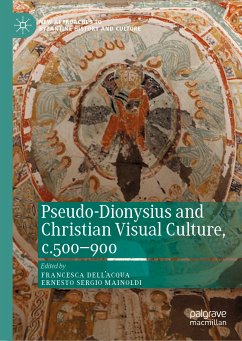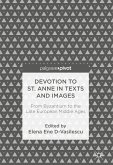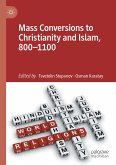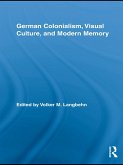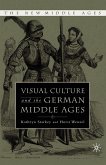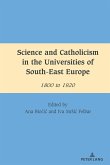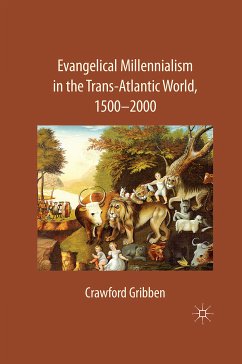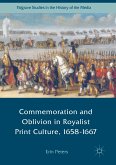- Jelena Bogdanovic, Associate Professor, Iowa State University, USA
"This important study of the writings of Pseudo-Dionysius demonstrates for the first time the visual thinking at the core of his theology and how it decisively shaped the art and architecture of Late Antiquity. By putting the visual dimension at the foreground, this compelling book builds a bridge that connects our present culture of the image to the past."
- Bissera V. Pentcheva, Professor of Art History, Stanford University, USA
"This book is a welcome addition to the study of the Areopagite's influence onChristian iconography and aesthetics. Across various media and discourses, Dionysius's unique contribution to the Byzantine theology of the image is presented in a series of richly perceptive and constructive readings."
- Fr Maximos Constas, Senior Research Scholar, Holy Cross School of Theology, USA
This book uses Pseudo-Dionysius and his mystic theology to explore attitudes and beliefs about images in the early medieval West and Byzantium. Composed in the early sixth century, the Corpus Dionysiacum, the collection of texts transmitted under the name of Dionysius the Areopagite, developed a number of themes which have a predominantly visual and spatial dimension. Pseudo-Dionysius' contribution to the development of Christian visual culture, visual thinking and figural art-making are examined in this book to systematically investigate his long-lasting legacy and influence. The contributors embrace religious studies, philosophy, theology,art, and architectural history, to consider the depth of the interaction between the Corpus Dionysiacum and various aspects of contemporary Byzantine and western cultures, including ecclesiastical and lay power, politics, religion, and art.
Dieser Download kann aus rechtlichen Gründen nur mit Rechnungsadresse in A, B, BG, CY, CZ, D, DK, EW, E, FIN, F, GR, HR, H, IRL, I, LT, L, LR, M, NL, PL, P, R, S, SLO, SK ausgeliefert werden.

